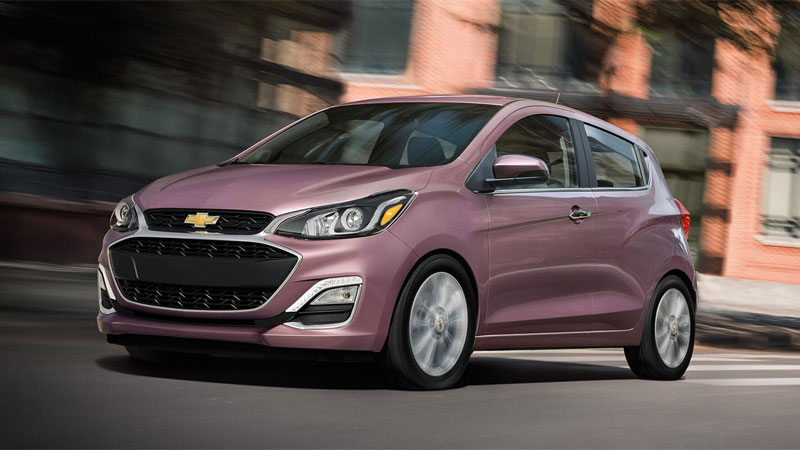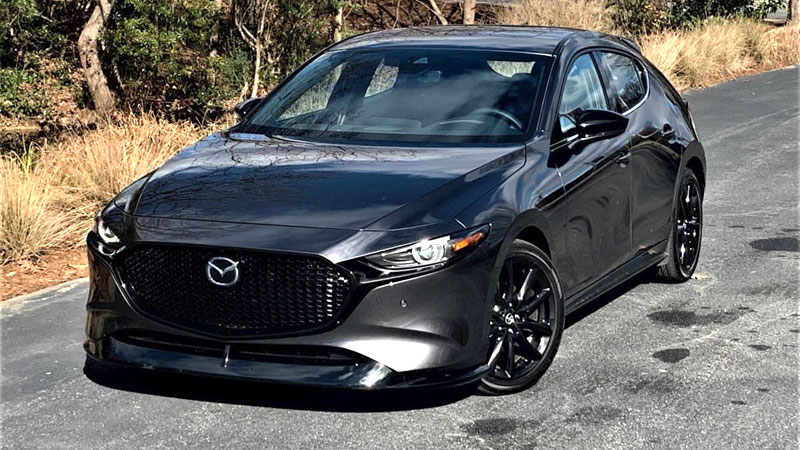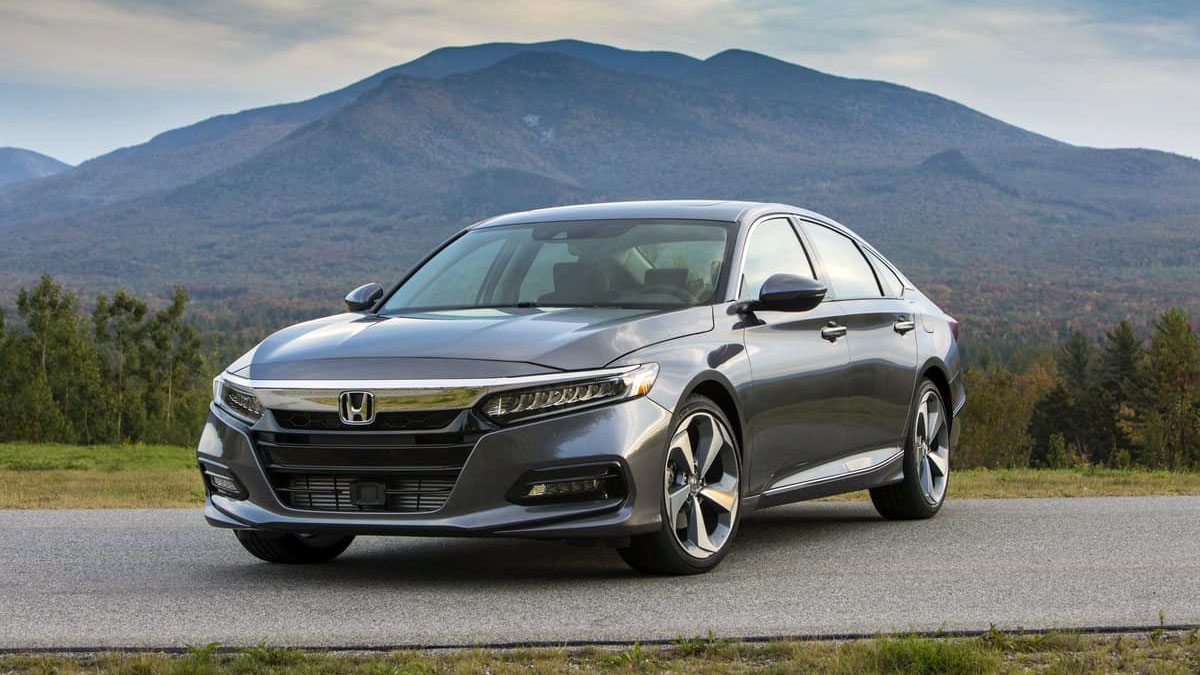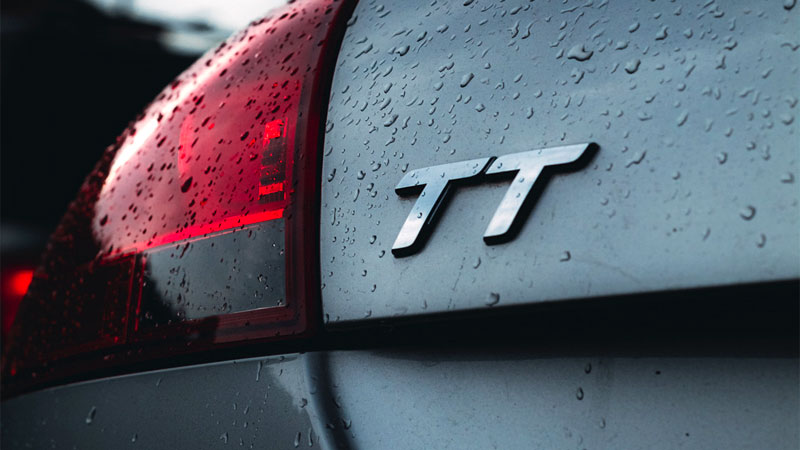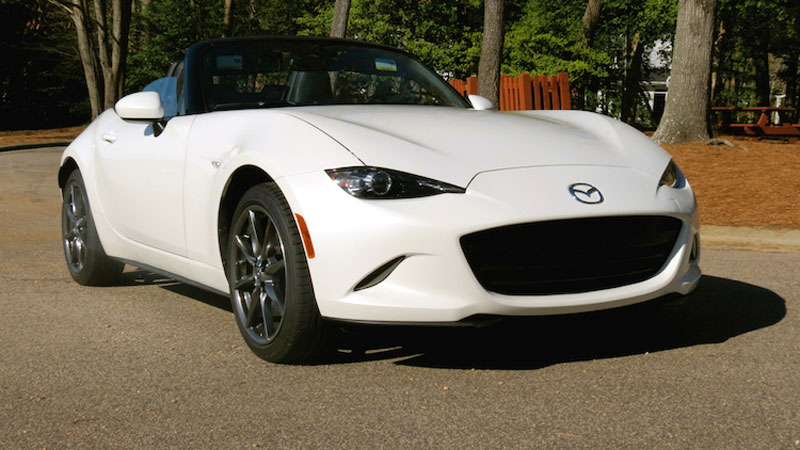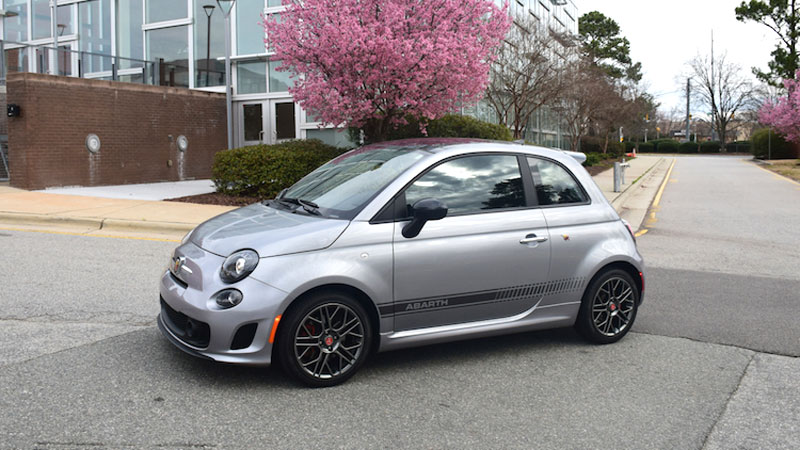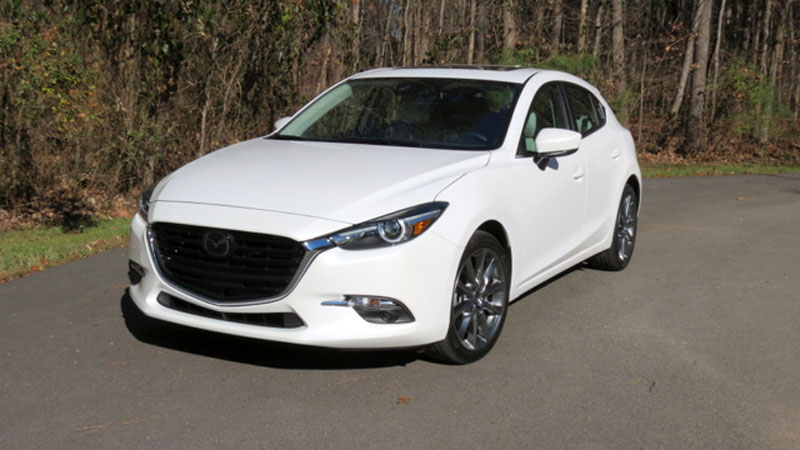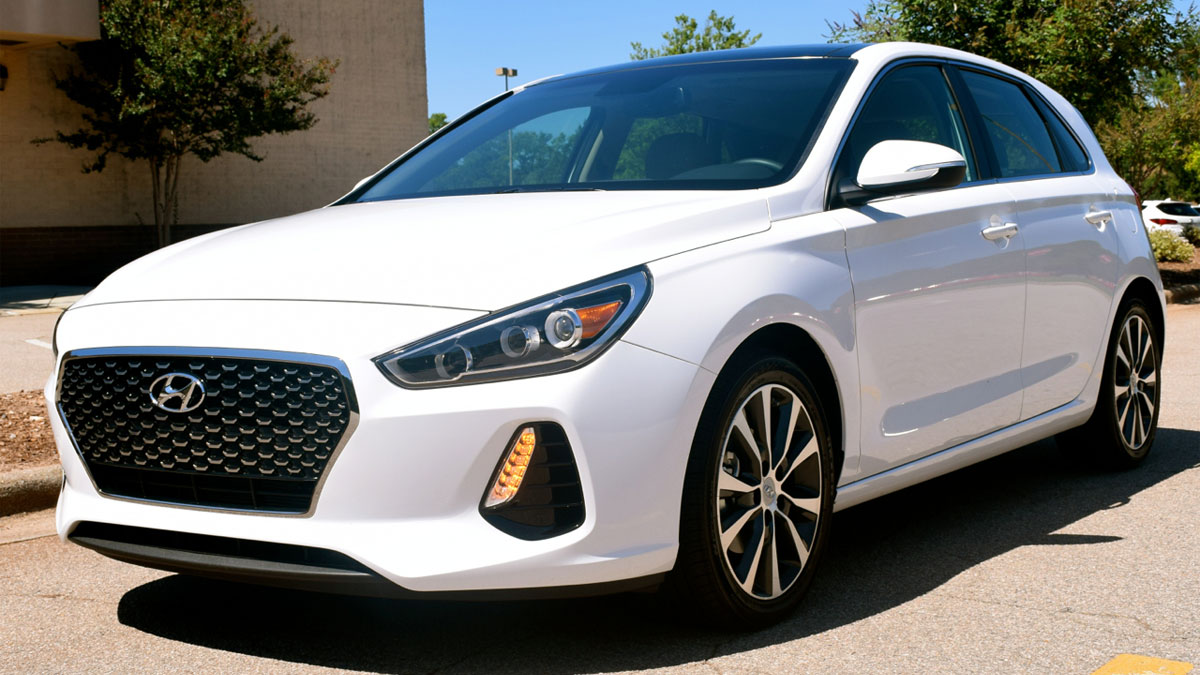Why the 2022 Toyota Corolla Remains a Top Choice
The 2022 Toyota Corolla soldiers on in the shrinking compact car segment. More than a half-century has passed, and the Toyota Corolla is one of the most recognized models in the world. In the U.S. market, sedan and hatchback versions are available, as is a hybrid. The Corolla remains a … Read more


